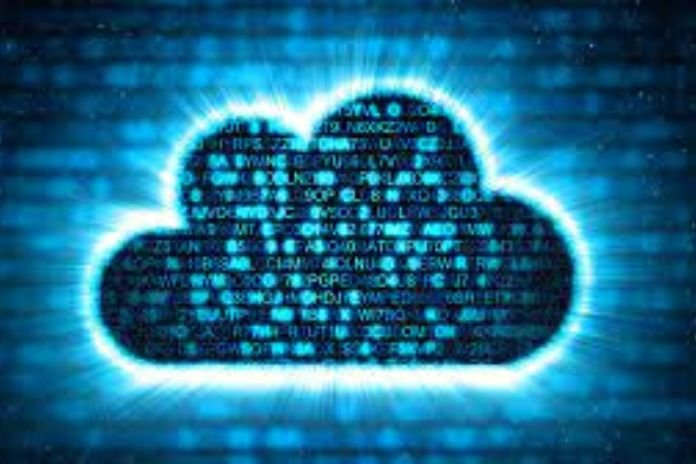A Cloud Is Not Just A Cloud
In many spots, there needs to be more extraordinary lucidity regarding single-occupant and multi-occupant arrangements in cloud conditions. What are the benefits and inconveniences? Furthermore, which design model shows its natural assets, practically speaking?
While the heavy single-inhabitant cloud might be a reasonable answer for moving current cycles to a cloud climate, the multi-occupant cloud offers the best innovative premise to modernize and digitize an organization starting from the earliest stage. Likewise, it gives a lot of extra room, fast execution, and high-level security highlights – so is it unqualifiedly desirable over the single-inhabitant cloud?
What Do “Single Tenant” And “Multi-Tenant” Mean?
The single-tenant architecture usually provides separate software and server resources for each customer. While this gives the organization much control over the system, it also requires more effort and investment than a multi-tenant solution because of the expensive and resource-intensive upgrades.
Some companies are moving their entire legacy system, with all of its existing strengths and weaknesses, to the cloud in a single-tenant deployment. Unfortunately, by its very nature, this process also retains many outdated processes companies actually wanted to say goodbye to.
On the other hand, several customers can use the application in the same operating environment on shared hardware in a multi-tenant or multi-tenant environment. This model offers all the benefits of cloud computing, such as greater flexibility and security, and the costs are spread over more business customers.
This also helps to reduce expenses for the provider – which also benefits customers in terms of price. A multi-tenant environment also requires that the customer adopt and adhere to proven, standardized processes. This approach ensures they are not quickly introduced to bespoke changes that would unnecessarily complicate upgrades in the long term while benefiting from industry best practices.
However, mature cloud-based software does allow for personalization through extension and platform tools rather than code changes. So companies do gain flexibility, scalability, and reliability.
Why The Type Of Delivery Is So Important
Organizations must make early decisions about whether to go for a single-tenant or multi-tenant deployment without having the amount and quality of information needed to make a well-considered choice of one option. Anyone planning a cloud strategy must have a thorough understanding of the opportunities and limitations of the endeavor and complete learning of the long-term implications of each approach.
In our experience, especially for manufacturers with highly complex processes, a multi-tenant model with comprehensive industry best practices is the best option that can be implemented quickly and receives frequent updates.
Consider Additional Resources And Costs
The difference between single tenants and multi-tenant is more pronounced than one might think. Because multi-tenant deployments usually bring several advantages over the single-tenant cloud:
Security Expertise
Multi-tenant environments are continuously monitored by experts who watch out for cyber-attacks – which is very easy given the standardized environment. In self-hosted single-tenant environments, on the other hand, companies have to hire a whole team of very experienced IT security specialists who have to be very familiar with the structures of the respective system.
Continuous Upgrades
Rather than planning a single major upgrade every two to three years, multi-tenant cloud systems typically receive more minor updates as they are released and implemented by the vendor. Regular updates also make it easy to comply with newly applicable legal guidelines.
Cost Reduction
Customers can assign additional staff or pay for excess peak-time capacity and extra space for full redundancy and disaster recovery.
Agility
Because a multi-tenant solution is always kept up, it has the localizations required for new markets and can therefore support business growth and changes. In addition, the capacity can be easily adjusted in the event of mergers or new branches.
Innovation
Multi-tenancy offers scalable storage capacity. This is required for advanced technologies that rely on large amounts of data, e.g., the Internet of Things, artificial intelligence, and machine learning. This relieves the IT team of maintenance tasks and allows them to focus on more strategic issues.
Platform-As–A Service
Thanks to the no-code/low-code tools of the multi-tenant architecture, reports can be created, and interfaces can be personalized without having to change any code. Modern multi-tenant solutions should provide tools to support extensibility and the ability to personalize without requiring cumbersome changes.
Adherence To Quality Standards
Multi-tenant solutions have always been and continue to be scrutinized by vendors. The software must continuously pass stringent testing and quality control standards for it to operate in a multi-tenant environment.
Streamlining And Streamlining
Proven best practices can be adapted to move away from processes that only exist because “we’ve always done it this way.” The transition to multi-tenancy offers the opportunity to sustainably change work processes, priorities, and even the company culture.
Removing heavily customized customizations helps teams focus on their work rather than sticking with a tried-and-true but outdated methodology. In other words: This prevents future desires for customization, negating the advantages of switching to the cloud.
Multi-Tenancy Is The Best Option
Such an operation, as described above, can form the basis for a long-term strategy and an operational action plan. The advantages listed here are the basis for a digital transformation. In addition, migrating to a multi-tenant deployment is likely the last major implementation an organization will need to rapidly adopt and embrace new developments and trends in the future. In other words, multi-tenancy is the best option in the long run if a company wants to take digital transformation seriously.
Read Also: When AI Comes To The Cloud Data
Share this content:











Post Comment